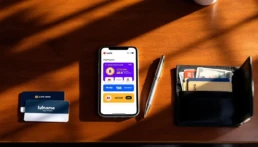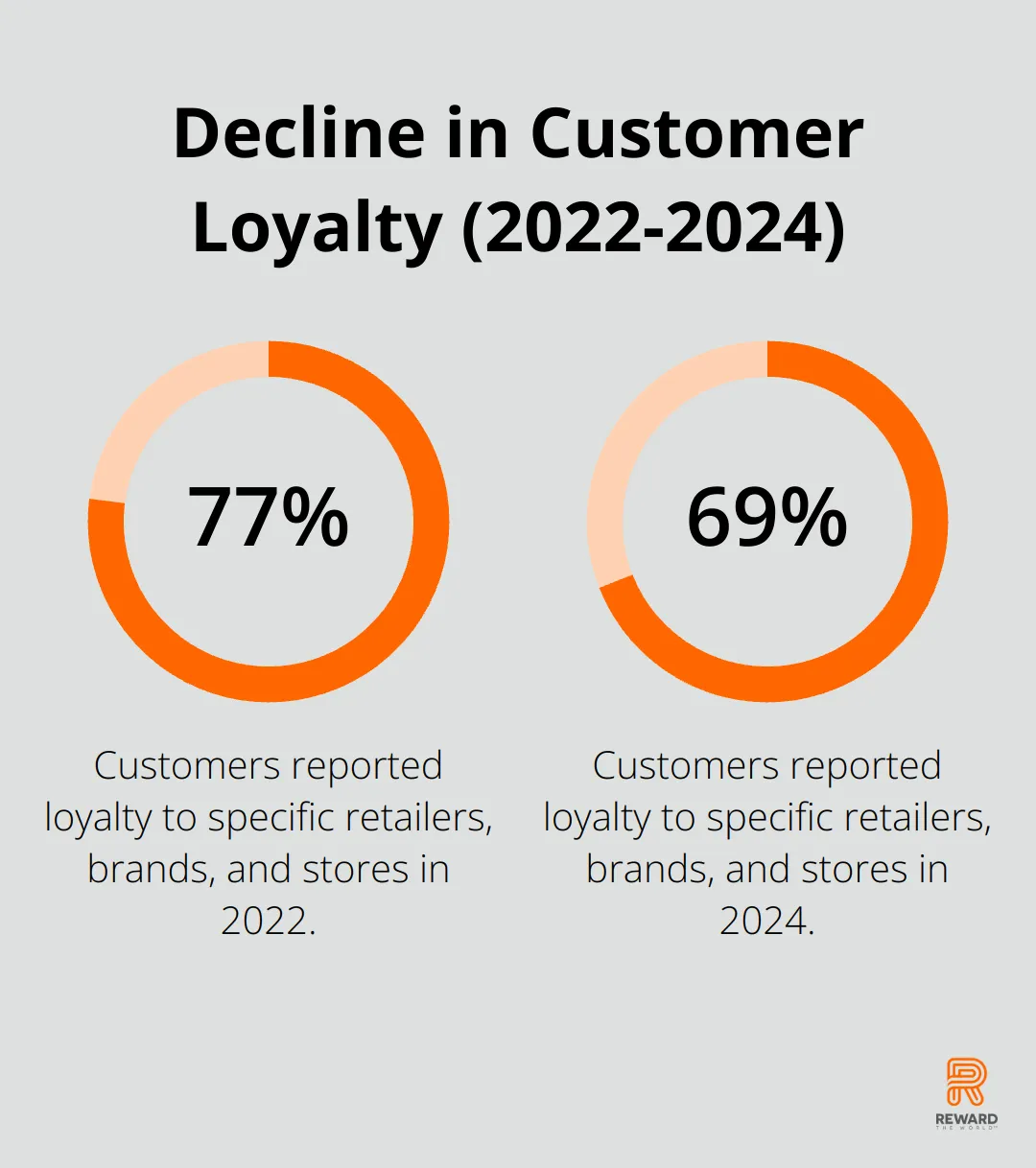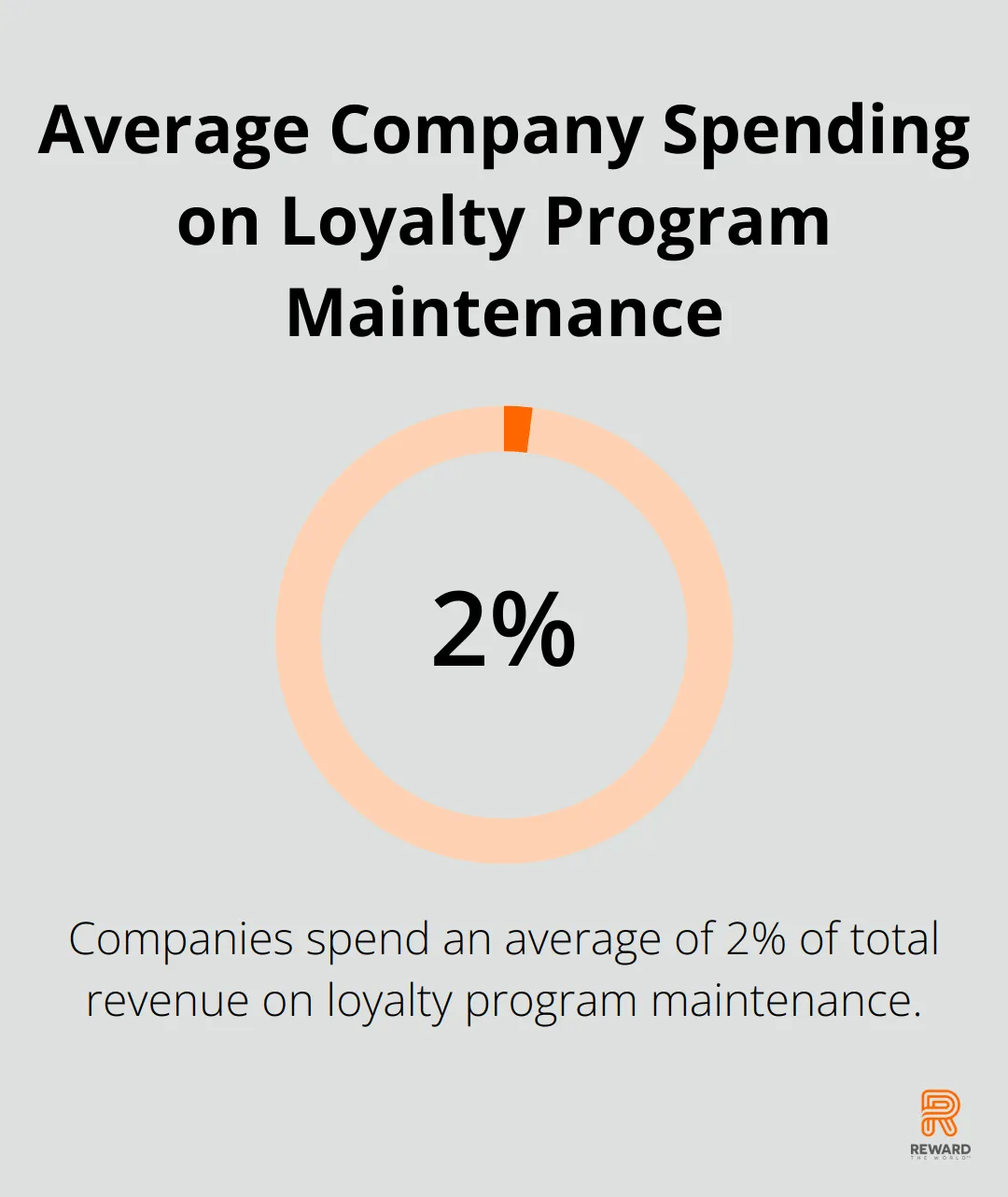
Instant gratification has become a powerful force in shaping customer behavior. At Reward the World, we’ve seen firsthand how immediate rewards can significantly impact loyalty programs.
This blog post explores the psychology behind instant gratification and its role in creating successful loyalty strategies. We’ll dive into effective design principles, potential challenges, and future trends in this rapidly evolving field.
Why Immediate Rewards Work
The Brain’s Reward System
Immediate rewards trigger a powerful neurological response in our brains. When we receive an instant benefit, our brain releases dopamine, a neurotransmitter associated with pleasure and satisfaction. This creates a strong positive association with the brand or action that triggered the reward. Recent research has shown that chronic internet addiction can cause blockage of dopamine release pathways in the brain, highlighting the importance of understanding reward systems in modern contexts.
A study found that customers who received instant rewards were more likely to make repeat purchases compared to those who had to wait for their benefits. Research is ongoing to better understand the impact of retailing loyalty programmes on repeat purchase behaviour.
Shaping Customer Decisions
Instant rewards profoundly affect customer decision-making. They create a sense of urgency and excitement that can tip the scales in favor of a purchase. Recent findings suggest that as more consumers seek tailored online interactions, companies can turn to AI and generative AI to better scale their ability to personalize experiences.
Many businesses have increased their conversion rates through the implementation of instant reward strategies. This demonstrates the power of immediate gratification in influencing customer choices.
Success Stories in Action
Several companies have leveraged the power of instant rewards to great effect:
- Starbucks uses its mobile app to offer immediate rewards like free drinks or food items. This strategy has contributed to an increase in their loyalty program membership over two years.
- Amazon Prime offers instant benefits such as free shipping and same-day delivery. As a result, Prime members spend more annually compared to non-members.
- Reward the World, our platform, provides instant reward delivery spanning eGift cards, cash payments, and points in over 60 million rewards across various categories. This approach has proven highly effective in boosting customer engagement and loyalty for our clients.
These success stories underscore the effectiveness of instant gratification in loyalty programs. By tapping into our brain’s reward system and influencing decision-making, immediate rewards significantly boost customer engagement and drive business growth.

As we move forward, it’s important to consider how to design effective instant gratification strategies that balance short-term rewards with long-term engagement. Let’s explore this crucial aspect in the next section.
How to Create Effective Instant Reward Strategies
Creating an effective instant gratification strategy requires a balance of short-term excitement and long-term engagement. Successful programs transcend simple point accumulation, focusing on personalized, technology-driven experiences that resonate with customers.
The Right Balance of Rewards
A successful instant gratification program finds the sweet spot between immediate rewards and long-term benefits. Instant rewards create excitement, but they shouldn’t overshadow the value of sustained engagement. A recent study examined the effectiveness of loyalty programs on customer retention within The Foschini Group (TFG) in Zambia, motivated by challenges in the retail sector.
An effective approach offers small, instant rewards for frequent actions, while also providing larger, aspirational rewards for continued loyalty. For example, a coffee shop might offer a free pastry after five purchases (instant gratification) while also providing a free bag of premium coffee beans after 50 visits (long-term engagement).
Personalization: A Game-Changing Approach
Personalization makes instant rewards feel special and relevant. According to a recent report, 69% of respondents report loyalty to specific retailers, brands, and stores in 2024, a drop from 77% in 2022. This decline reflects the growing ease of switching between brands and the need for more personalized experiences.

Companies need to leverage customer data effectively to achieve this level of personalization. This includes purchase history, browsing behavior, and demographic information. For instance, a clothing retailer might offer instant discounts on items similar to a customer’s previous purchases, or a travel company could provide immediate upgrades based on a customer’s preferred destinations.
Technology for Seamless Reward Delivery
The effectiveness of instant rewards heavily depends on the speed and ease of delivery. Technology plays a vital role here. Mobile apps, in particular, have become essential tools for delivering instant gratification. A recent study found that 80% of men, 81% of millennials and 75% of Gen Z consumers consider engaging with others in a loyalty program to be extremely important.
Reward the World’s platform exemplifies this approach, offering instant reward delivery across multiple channels (including eGift cards, cash payments, and points), all accessible through a user-friendly mobile interface. This ensures that rewards are not just instant, but also convenient and accessible.
AI and Machine Learning in Reward Strategies
AI and machine learning are making waves in instant gratification strategies. These technologies can predict customer preferences and behaviors, allowing for proactive reward offerings. For example, an AI system might recognize that a customer often makes purchases on Friday evenings and automatically send a personalized discount valid for that timeframe.
The implementation of these strategies requires careful planning and execution. Regular analysis of program performance, gathering of customer feedback, and willingness to adapt are essential. The focus on balance, personalization, and leveraging technology creates instant gratification programs that not only excite customers in the moment but also foster long-lasting loyalty.
As we move forward, it’s important to address the potential challenges that can arise when implementing instant gratification strategies in loyalty programs. Let’s explore these obstacles and discuss effective ways to overcome them.
Navigating the Pitfalls of Instant Rewards
The Risk of Reward Fatigue
Instant gratification programs face a significant challenge: reward fatigue. When customers receive too many rewards too frequently, the excitement wears off. A Forrester Research report indicates that companies spend an average of 2% of total revenue on loyalty program maintenance.

To combat this, businesses should implement a variable reward schedule. This approach, inspired by behavioral psychology, keeps rewards unpredictable and exciting. For example, a retail store might offer surprise discounts on random purchases, rather than a predictable 10% off every tenth purchase.
Balancing Costs and Benefits
Maintaining program sustainability and profitability presents another hurdle. A poorly designed instant gratification program can quickly become a financial burden. An Accenture report revealed that 77% of consumers participate in retail loyalty programs, but only 46% believe these programs deliver significant value.
To address this, companies should focus on high-value, low-cost rewards. Digital rewards (such as exclusive content or early access to sales) can provide significant perceived value without breaking the bank. Additionally, partnering with other businesses for cross-promotional rewards can spread costs while expanding the reward offerings.
Preserving Long-Term Loyalty
While instant rewards can drive short-term engagement, they may inadvertently undermine long-term loyalty if not carefully managed. A study published in the Journal of Marketing found that customers who received immediate rewards were more likely to switch brands when a competitor offered a better short-term incentive.
To mitigate this risk, businesses should create a tiered reward system that encourages long-term engagement. For instance, a hotel chain might offer instant rewards like room upgrades, while also providing exclusive experiences for long-term members. This approach satisfies the desire for immediate gratification while incentivizing continued loyalty.
Technological Challenges
The implementation of instant reward programs often requires sophisticated technology. System failures or delays in reward delivery can frustrate customers and damage the program’s effectiveness. A survey by KPMG found that 61% of consumers would stop using a loyalty program if they experienced technical issues.
To overcome this, companies must invest in robust, scalable technology platforms. Regular system audits and updates help ensure smooth operation. Reward the World, for example, offers a platform with 24/7 availability and seamless integration, minimizing the risk of technical hiccups.
Data Privacy Concerns
As instant reward programs often rely on personal data to personalize offerings, privacy concerns have become increasingly important. A study by Deloitte found that 79% of consumers are concerned about how companies use their personal data.
To address these concerns, businesses must prioritize data security and transparency. Clear communication about data usage policies and obtaining explicit consent from customers can help build trust. Companies should also consider offering rewards that don’t require extensive personal information, giving customers more control over their data.
Final Thoughts
Instant gratification in loyalty programs has revolutionized customer engagement strategies. Companies that harness the power of immediate rewards create positive brand associations and influence purchasing decisions effectively. The future of loyalty programs will likely incorporate more sophisticated AI-driven personalization and gamification elements to meet evolving customer expectations.
Successful instant gratification strategies must balance short-term excitement with long-term engagement. Programs should offer a mix of quick wins and aspirational goals to keep customers invested throughout their journey. This approach ensures that businesses can maintain customer interest while fostering lasting loyalty.
Reward the World provides innovative solutions for businesses seeking to implement effective instant gratification strategies. Our platform delivers rewards instantly across multiple channels, helping companies boost customer engagement and loyalty (based on our experience with clients). As the loyalty landscape continues to evolve, we remain dedicated to developing cutting-edge solutions that meet the changing needs of both businesses and consumers.
